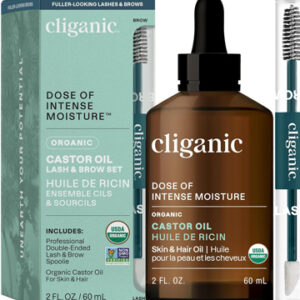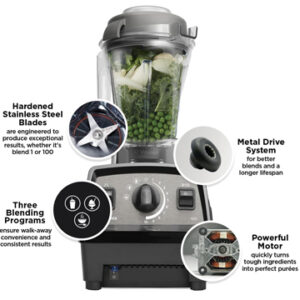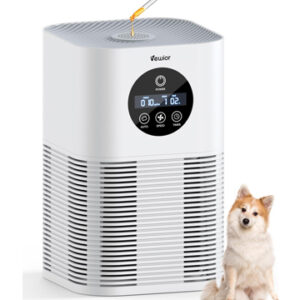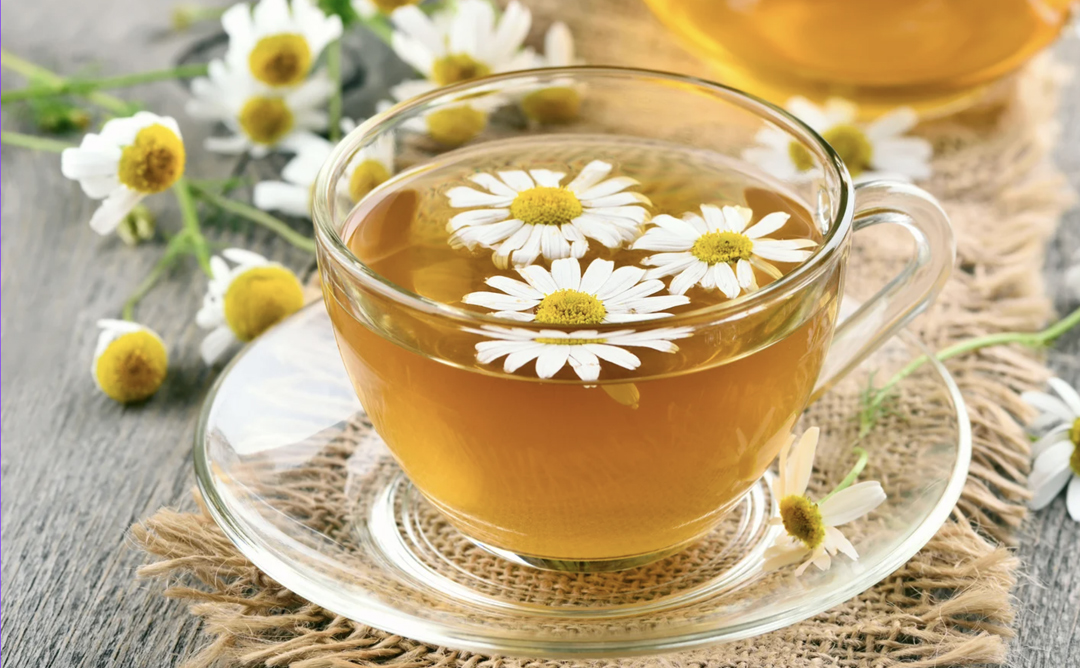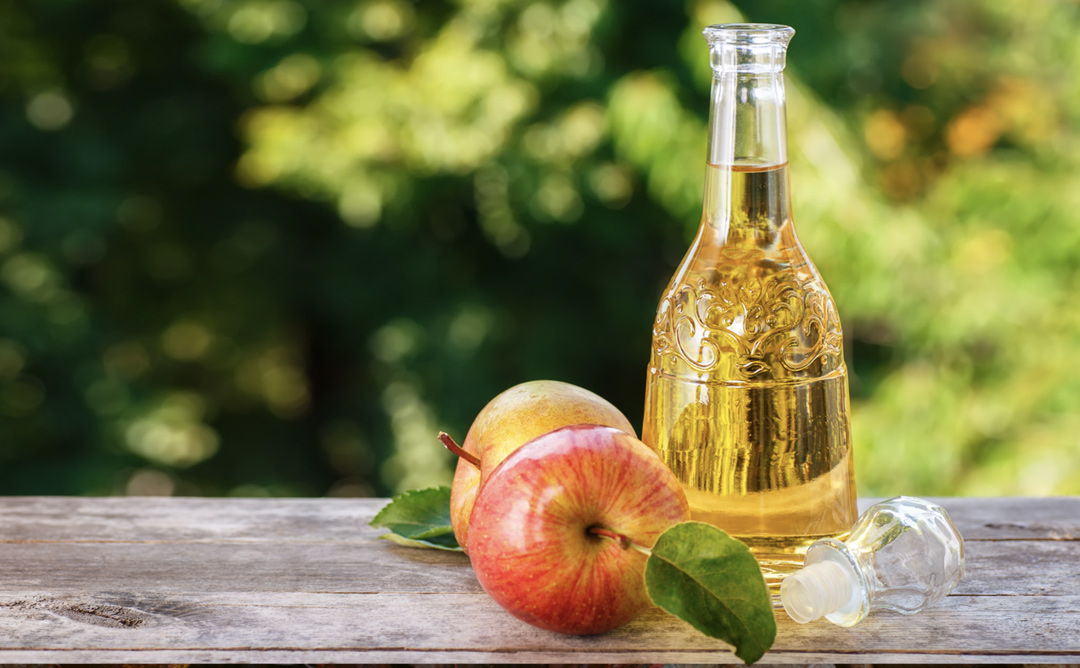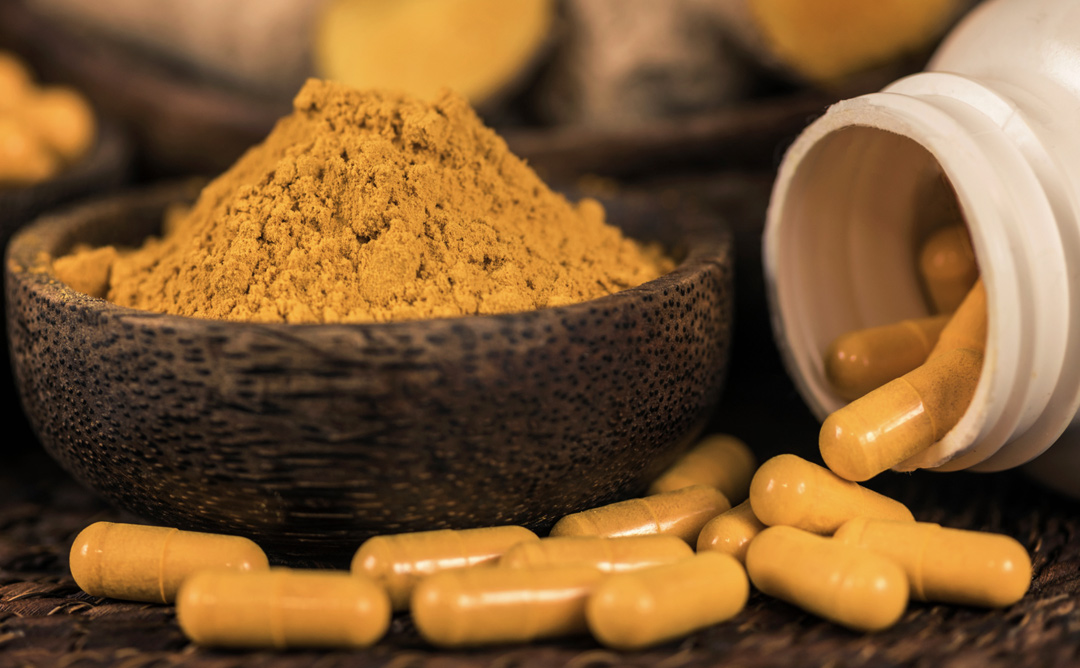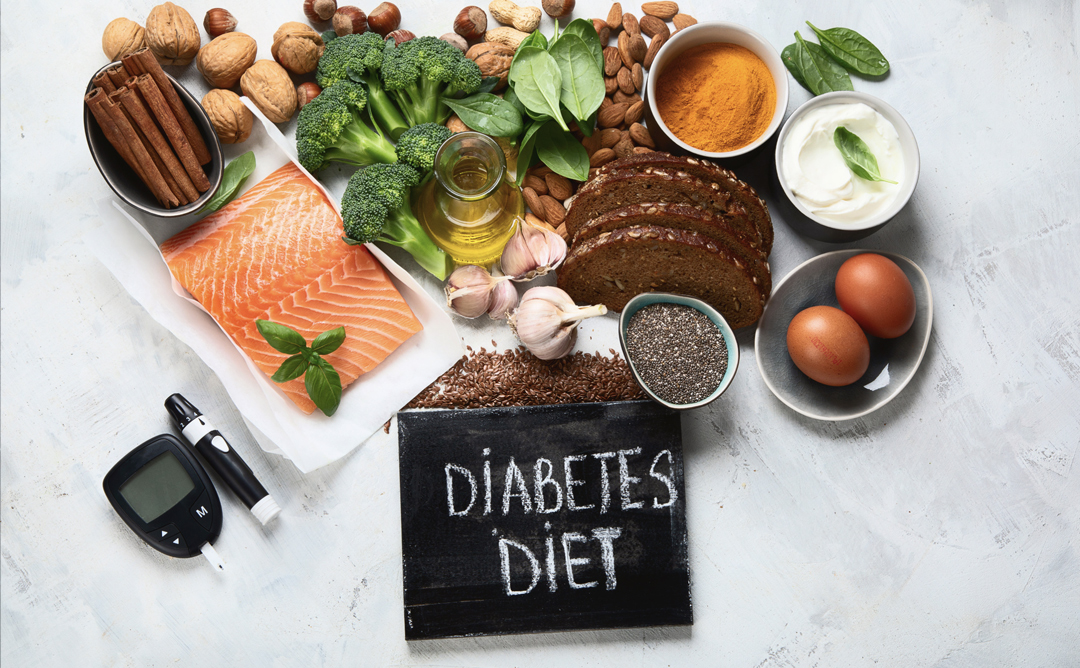
St. John’s Wort for Depression

Nature’s Sunshine: The Beneficial Effects of St. John’s Wort for Depression
Depression, a formidable shadow that envelops the soul, casts a heavy weight upon the spirit, obscuring the brightness of life with its relentless grip. Something I have battled with all of my life. In my quest for natural alternatives to manage depression, St. John’s Wort (Hypericum perforatum) is one of my favorites. It emerges as a promising herb with a history deeply rooted in herbal medicine. Known for its vibrant yellow flowers and therapeutic properties, St. John’s Wort has garnered attention for its potential benefits in alleviating symptoms of depression. Let’s explore the wonders of this herbal remedy and how it may contribute to mental well-being.
1. A Glimpse into St. John’s Wort: St. John’s Wort is a perennial herb that has been used for centuries, with its name derived from the belief that it blooms around the birthday of St. John the Baptist. The herb contains active compounds, including hyperforin and hypericin, believed to influence neurotransmitters in the brain. For me, it took about 4 weeks to feel a difference in my depression. But once you can tell it’s helping you just can’t live without it.
2. Natural Antidepressant Properties: St. John’s Wort is often hailed for its natural antidepressant effects. Studies suggest that it may work by increasing the levels of neurotransmitters such as serotonin, dopamine, and norepinephrine in the brain, similar to the mechanism of action of some conventional antidepressant medications.
3. Symptom Relief for Mild to Moderate Depression: Research indicates that St. John’s Wort may be particularly effective in managing symptoms of mild to moderate depression. Its mood-lifting properties make it a potential ally for those seeking a natural approach to mental well-being.
4. Reduced Side Effects: One of the significant advantages of St. John’s Wort is its generally lower incidence of side effects compared to some pharmaceutical antidepressants. Common side effects associated with St. John’s Wort are typically mild and include gastrointestinal discomfort, dizziness, and sensitivity to sunlight.
5. Improved Sleep Quality: Depression often disrupts sleep patterns, and St. John’s Wort may offer relief in this area as well. Some individuals report improved sleep quality and duration after incorporating St. John’s Wort into their routine.
6. Holistic Approach to Mental Health: St. John’s Wort represents a holistic approach to mental health, addressing not only the symptoms but also the potential underlying causes of depression. Its natural origins align with the principles of natural healing and may be part of a comprehensive wellness strategy.
7. Caution and Consultation: While St. John’s Wort is generally well-tolerated, it’s crucial to approach its use with caution. The herb may interact with certain medications, including birth control pills and blood thinners. Always consult with a healthcare professional before incorporating St. John’s Wort into your regimen, especially if you are taking other medications.
It’s important to note that depression medications, also known as antidepressants, can be effective in treating depressive symptoms for many individuals. However, like any medications, they may come with potential side effects. It’s crucial to consult with a healthcare professional before starting or discontinuing any medication. Here is a list of common side effects associated with certain depression medications:
- Nausea and Upset Stomach
- Weight Changes
- Insomnia or Sleep Disturbances
- Sexual Dysfunction
- Drowsiness or Fatigue
- Dry Mouth
- Headaches
- Agitation or Restlessness
- Anxiety or Nervousness
- Tremors or Shaking
- Blurred Vision
- Increased Heart Rate
- Sweating
- Dizziness or Lightheadedness
- Withdrawal Symptoms
It’s crucial to communicate openly with healthcare professionals about any side effects experienced while taking antidepressant medications. I personally quit taking my anti-depressants before trying St. John’s Wort. I made all adjustments to my medication and explored natural alternatives, under professional guidance. I would reccommend the same for you to help manage side effects or enhance overall well-being. Always consult with a healthcare provider before making decisions about medication or incorporating new treatments.
St. John’s Wort shines as a beacon in the realm of natural remedies for depression, offering potential benefits and a gentler alternative to traditional pharmaceutical interventions. As with any health decision, it’s essential to work closely with healthcare professionals to ensure that St. John’s Wort is a safe and suitable option for your individual needs. Embracing the healing power of nature, St. John’s Wort for Depression invites us to explore a natural path to mental well-being.
Here’s a great product that I know and love: Gaia Herbs St. John’s Wort
If you have any questions on this article or on your journey, please reach out to me.
Vitamix Propel 510 Blender
ASAKUKI 300ML Essential Oil Diffuser
Our Place Bakeware Set | 5-Piece
Our Place Ultimate Cookware Set - Complete 18-Piece Set
Our Place Cookware Set - 13-Piece Kit Including the Always Pan, Perfect Pot and Spatulas
Join Our Facebook Group
Disclaimer: We are an affiliate of many companies, which means that we may receive a commission if you click on our affiliate link and make a purchase. However, this does not affect our reviews and comparisons. We strive to provide honest opinions and recommendations based on our own experiences and research. Any product claim, statistic, quote, or other representation about a product or service should be verified with the manufacturer, provider, or party in question.

